The Anti Aging Ingredient Market is currently characterized by a dynamic competitive landscape, driven by increasing consumer demand for effective anti-aging solutions and a growing emphasis on innovative formulations. Major players such as L'Oreal (FR), Estée Lauder (US), and Procter & Gamble (US) are strategically positioned to leverage their extensive research and development capabilities, focusing on cutting-edge ingredients and formulations. L'Oreal (FR) has been particularly active in enhancing its product lines through the integration of biotechnology, while Estée Lauder (US) emphasizes luxury and efficacy in its offerings. Procter & Gamble (US) continues to expand its portfolio through strategic acquisitions, thereby enhancing its market presence and operational capabilities. Collectively, these strategies contribute to a competitive environment that is increasingly focused on innovation and consumer-centric solutions.
In terms of business tactics, companies are increasingly localizing manufacturing to reduce costs and improve supply chain efficiency. This trend is particularly evident in the Anti Aging Ingredient Market, which appears to be moderately fragmented, with a mix of established brands and emerging players. The collective influence of key players shapes market dynamics, as they engage in strategic partnerships and collaborations to enhance their product offerings and market reach.
In August 2025, L'Oreal (FR) announced a partnership with a leading biotechnology firm to develop a new line of anti-aging products utilizing plant-based stem cell technology. This strategic move not only underscores L'Oreal's commitment to sustainability but also positions the company at the forefront of innovation in the anti-aging segment. By harnessing advanced biotechnological methods, L'Oreal (FR) aims to deliver products that are both effective and environmentally friendly, appealing to a growing segment of eco-conscious consumers.
In September 2025, Estée Lauder (US) launched a new digital platform aimed at enhancing customer engagement through personalized skincare solutions. This initiative reflects the company's focus on digital transformation, allowing consumers to receive tailored product recommendations based on their unique skin profiles. By leveraging data analytics and AI, Estée Lauder (US) is likely to strengthen its customer relationships and drive sales growth in an increasingly competitive market.
In July 2025, Procter & Gamble (US) expanded its anti-aging product line through the acquisition of a niche skincare brand known for its innovative use of peptides. This acquisition not only diversifies Procter & Gamble's portfolio but also enhances its capabilities in the anti-aging segment. The strategic importance of this move lies in the potential to integrate advanced peptide technology into existing product lines, thereby elevating the brand's market position and appeal to consumers seeking scientifically-backed solutions.
As of October 2025, current trends in the Anti Aging Ingredient Market indicate a strong shift towards digitalization, sustainability, and the integration of artificial intelligence in product development and marketing strategies. Strategic alliances are increasingly shaping the competitive landscape, as companies collaborate to enhance their technological capabilities and product offerings. Looking ahead, competitive differentiation is expected to evolve, with a notable shift from price-based competition to a focus on innovation, technological advancements, and supply chain reliability. This evolution suggests that companies that prioritize research and development, alongside sustainable practices, will likely emerge as leaders in the anti-aging market.


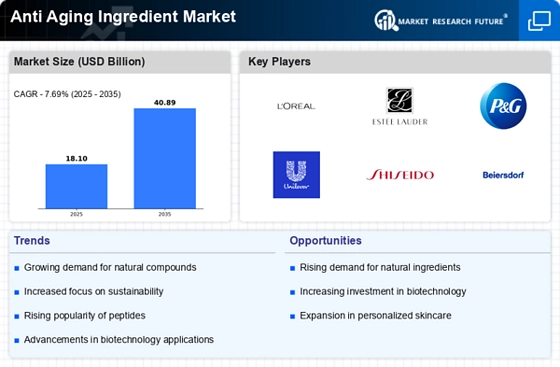
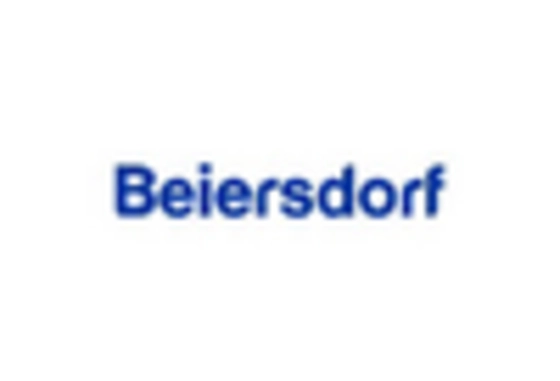
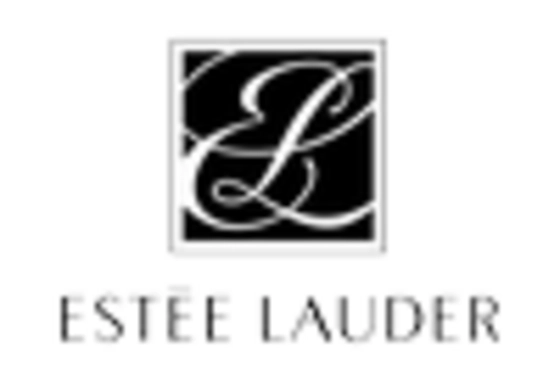
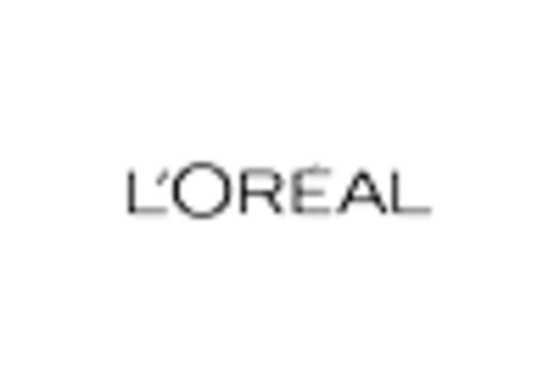

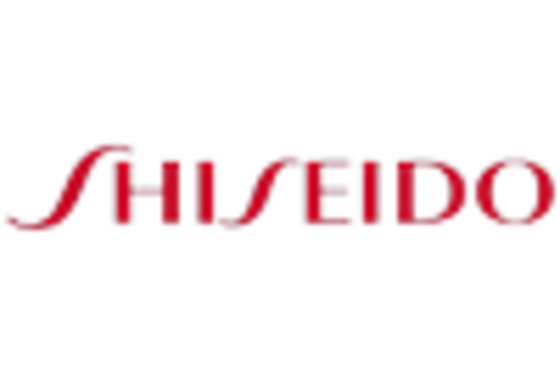
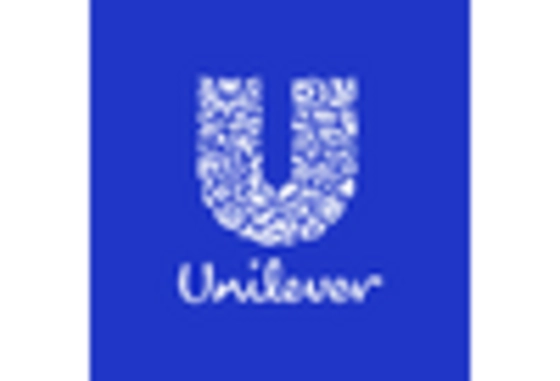








Leave a Comment